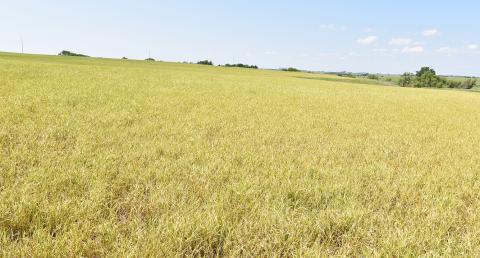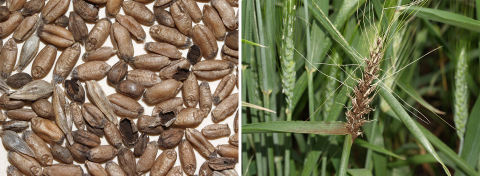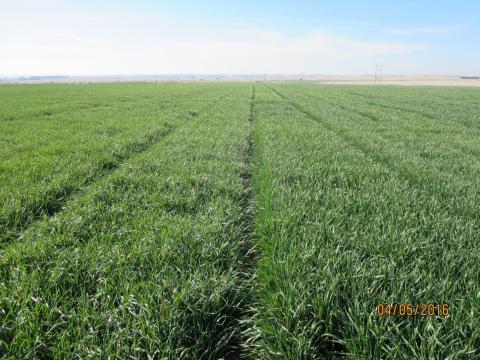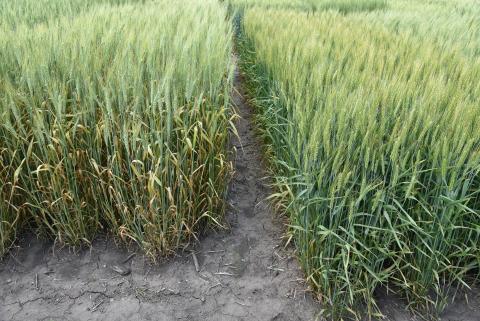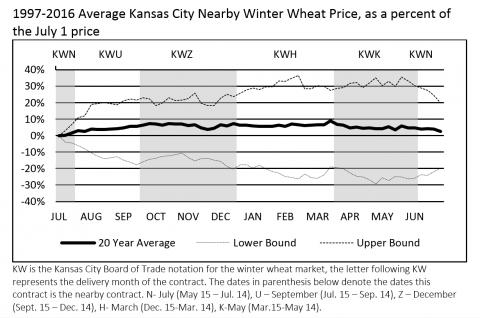Protect Future Wheat Yields: Control the Volunteer Green Bridge
August 2, 2017
Wheat streak mosaic virus (WSMV) problems have been extensive throughout the western Great Plains this year, significantly reducing the yield potential of many fields. A critical key in managing this threat in the next crop is elimination of volunteer wheat. Tillage or chemical weed control should occur at least one month before planting to allow host plants time to dry up and cease being a host.
USDA-NASS: Corn 61% Good-Excellent; Soybean, 60%
July 31, 2017
Winter wheat harvest has been completed across most of Nebraska, according to the July 30 report from USDA’s National Agricultural Statistics Service. Significant rainfall of an inch or more was received across most of the state during the previous week and a few north central counties received as much as four inches of rain.
The Importance of Certified, Fungicide-Treated Wheat Seed
July 31, 2017
Planting clean, certified, fungicide-treated wheat seed is one of the first steps in assuring top yields from your 2018 wheat crop. Another is selecting resistant varieties, where available. Together these practices can help you more effectively manage seed-transmitted diseases of wheat.
Is Manure a Fertility Option for Wheat?
July 18, 2017
Interested in applying manure to wheat to meet phosphorus and nitrogen needs? This article outlines factors to consider and recommendations for manure and soil sampling, application method, and timing of application to get the highest return from your manure.
Post-Harvest Weed Control in Winter Wheat
July 14, 2017
A strategy combining well-timed herbicide applications, split treatments, and effective cultural practices is key to managing weeds in wheat to reduce soil moisture loss and the weed seed bank. This story addresses what to consider as well as particular weed challenges in wheat.
2017 Stripe Rust Ratings from Eastern Nebraska Wheat Variety Trials
July 14, 2017
This year the onset of stripe rust was earlier in eastern Nebraska than in western Nebraska, allowing it to develop to levels that could be scored in state variety trials in Washington, Saunders, and Clay counties. A table provides ratings for a number of varieties and lines at three sites.
Why Control of Volunteer Wheat is Critical to Protecting 2018 Yields
July 13, 2017
Timely control of volunteer wheat and other weeds is key to managing yield loss risk in your 2018 crop. Yield-limiting risk factors affected by weed control include wheat streak mosaic and other diseases, insects (wheat stem sawfly and disease vectors), moisture loss, and increased weed seed production.
Post-Harvest Winter Wheat Marketing Strategies
July 11, 2017
When developing a post-harvest marketing plan, your objective should be to obtain a higher price than the cash price offered at harvest. This article discusses five strategies to post-harvest market winter wheat.
